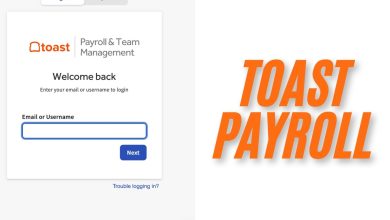Which Entrepreneur Made Tractors Before Entering The Sports Car Business?
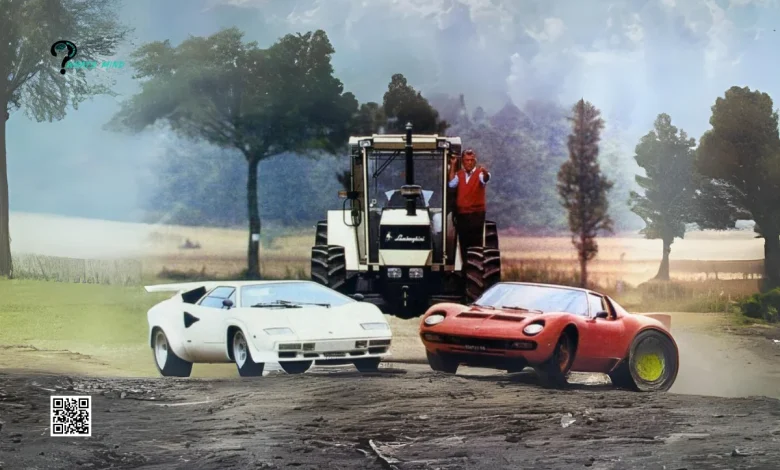
Do you know which entrepreneur made tractors before entering the sports car business? Can you guess, it’s an Italian blacksmith who took the automotive world by storm and created a brand sought by billions. Like many great innovators, Enzo Ferrari was a demanding, proud, and spirited man, the creation of Ferrari’s greatest rival and the Lamborghini’s founder.
Table of Contents
Strong Behind: Which Entrepreneur Made Tractors Before Entering The Sports Car Business?
As with Enzo Ferrari, the story of Lamborghini once again takes us to the northern Italian province of Emilia-Romagna in the quiet township of the Renazzo di Cento.
A poor grape farmer Antonio, and his wife Evelina Lamborghini raised their son Ferruccio among the family vineyards. Young Ferruccio was born a Taurus, in 1916, in the middle of the First World War. Ferruccio grew up to be helpful and ambitious, but like most poor Italians during the 20th century, he was faced with one crucial dilemma.
The young boy could either stick with traditional employment as a farmer or he could try to stay ahead of the curve and risk-taking up a factory or industrial work. However, the choice was clear; he was obsessed with machines and could hardly keep away from his father’s garage.
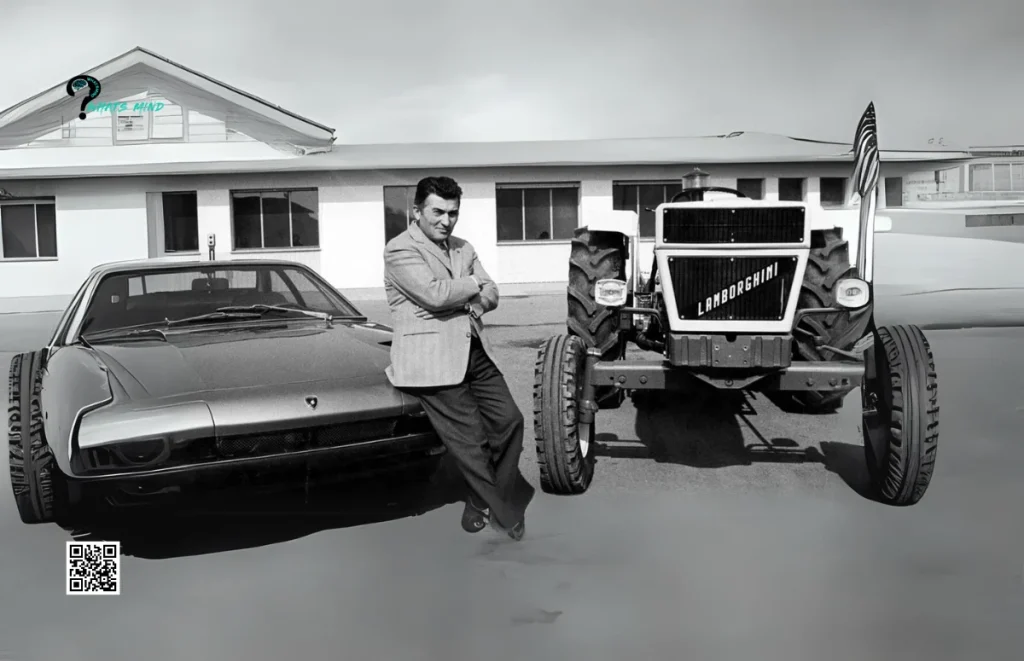
This eventually led him to study mechanics. In 1935, he felt confident enough to start his workshop. Five years later, however, he found himself torn from his civilian life thanks to the Second World War. Ferrucio was drafted by the Royal Air Force in 1940 and was assigned as a mechanic to the garrison at the Greek Island of Rhodes.
How Did World War II Affect Lamborghini Founder?
As we’re unfolding the story about which entrepreneur made tractors before entering the sports car business, let’s go through the World War era and how it affected the founder of Lamborghini. 1943 after Italy surrendered, a German formation forcibly took over the garrison and evicted their former allies. Ferruccio could’ve left, but he decided to stay on as a civilian, and with the permission of the German, he started operating his workshop.
As much as the Germans loved the Lamborghini’s technical aptitude, 1945 came around, and with it the arrival of Allied forces. They took everyone in the garrison prisoner, but after they saw what Ferruccio could do, they made him fix their vehicles for a year until they finally sent him home in 1946.
Upon returning to Italy, Ferruccio opened another short-lived workshop, but soon after a brilliant idea struck him. His experience with both allied and axis vehicles gave him an edge over most other mechanics. Post-war Italy needed to increase its agricultural production to mend the wounds of war, and to get the machinery from the vast stockpiles of the military equipment Mussolini’s government had commissioned.
Which Entrepreneur Made Tractors Before Entering The Sports Car Business?
Ferruccio’s ambitious plan was set in motion near the end of 1947 when he founded his first company. With three mechanics and 2000 Lira in the capital, Ferruccio took the large-scale production of affordable tractors into his own hands. His main supplier was ARAR, the government-owned company responsible for selling all the excess military equipment left after the war.
By taking an old British Morris engine and modifying it to run cheap diesel instead of expensive petrol, Ferruccio created a ground-breaking affordable tractor that he could sell all across Italy. This was the first of his ‘Carioca’ tractors, unveiled on February 3rd, 1948 and Italy went nuts over them.
When Did Lamborghini Start?
This design was so successful that Ferruccio started a second company, Lamborghini Trattori. He hired four new workers, bought a factory in Cento, and borrowed 10 million Liras backed by his family grape farm to buy hundreds of Morris, Perkins, and Dodge engines from ARAR.
The aspiring billionaire also decided to enter a prestigious endurance race called the Mille Miglia. Ferrucio drove his overhauled Fiat Topolino, but crashed into the side of the restaurant and gave up racing for the rest of his life.
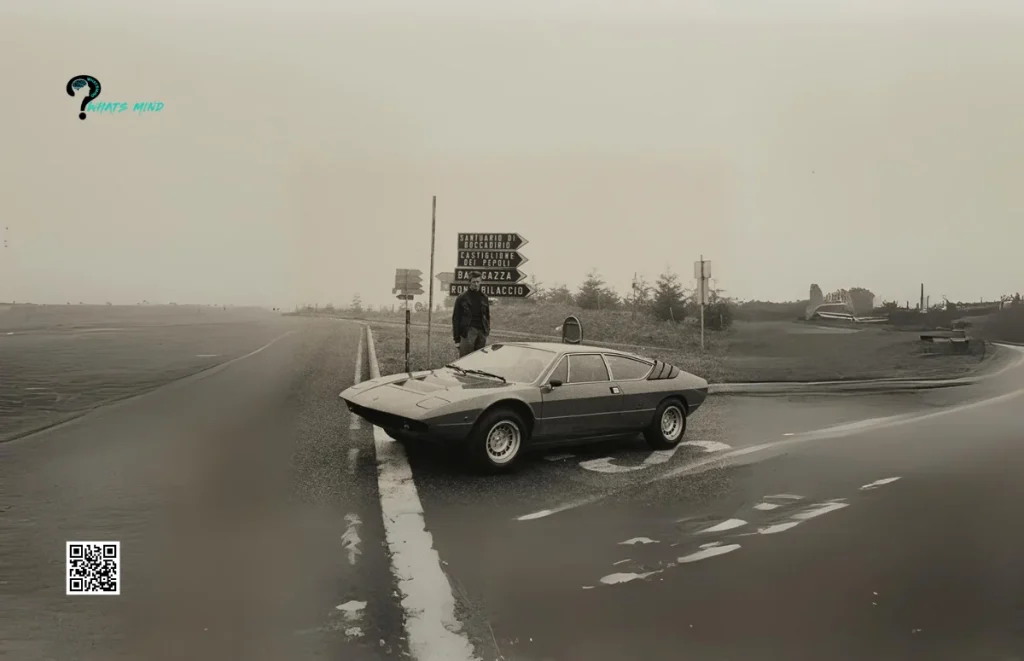
Despite this, his company was doing great. By 1950, Trattori had a workforce of 30 people and could reduce upwards of 200 tractors per year. Demand was growing rapidly. Therefore, in 1951, Ferruccio acquired 1,000 m2 of land upon which he built a factory.
Production of L33 Tractor
In 1951, the world also saw the introduction of the L33 tractor, whose popularity would greatly benefit from the government subsidies to farmers who used domestically- built machinery. After signing a deal with Motorenwerke Mannheim for their diesel engines, Lamborghini could now produce tractors entirely on their own.
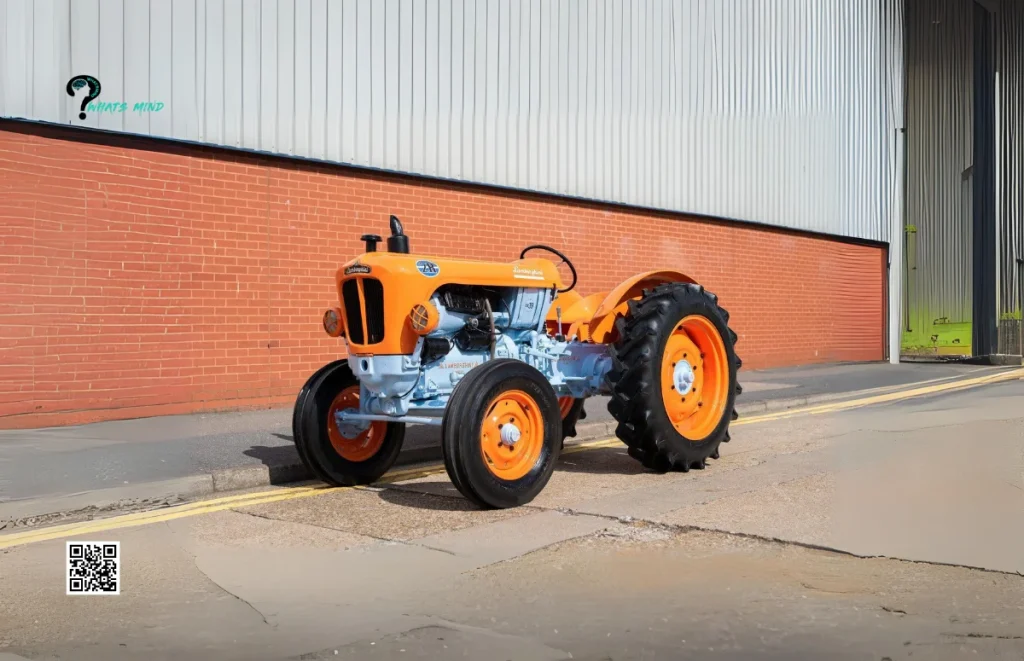
Ferruccio’s new factory produced its first tractor in 1956 and by that point, he had streamlined his engine design with three tires of horsepower. Ferruccio also traveled across the Atlantic to buy heating and air-conditioning technologies from the US.
Does Lamborghini still make Tractors?
By the early 1960s, Lamborghini’s tractor factory had 400 employees churning out as many as 30 tractors a day. Some of their greatest developments during the time were a series of air-cooled tractor engines and even helicopter concepts, though the government never approved them.
In 1961, Ferruccio unveiled a separate oil-heater factory called and by that, he was so rich that he decided to indulge in his love of sports cars.
Did Ferruccio Lamborghini Have a Passion for Cars?
Being a learned mechanic himself, Ferruccio was very critical of any engineering faults he found in any cars he owned. Among them were two Alfa Romeos, two Maseratis, a Jaguar E-TYPE, A Mercedes Benz, and, of course, several Ferraris. The Ferraris especially appealed to Ferruccio, but he found them to be needlessly noisy and thought they had a barebones interior.
Lamborghini’s founder was particularly influenced by the peculiar tendency of the Ferraris to constantly have their clutch break down. After finally getting sick of all the repair bills, Ferruccio took the problematic vehicle straight to Modena, where he confronted Enzo Ferrari about the clutches.
How Did the Lamborghini Bull Logo Come into Being?
According to Ferruccio, Enzo brushed him off and told him too sick to drive tractors. That’s not surprising coming from the man who fired most of his senior staff when they complained to him about his wife, but Ferruccio saw it as a challenge.
In 1963, the tractor tycoon established an automobile factory near Sant’Agata. Thus, out of the primordial desire to show Enzo, Ferruccio created the automobile, Lamborghini. For the brand’s emblem, he chose a bull: after all, it was his astrological sign and he also had a deep fascination for bullfighting.
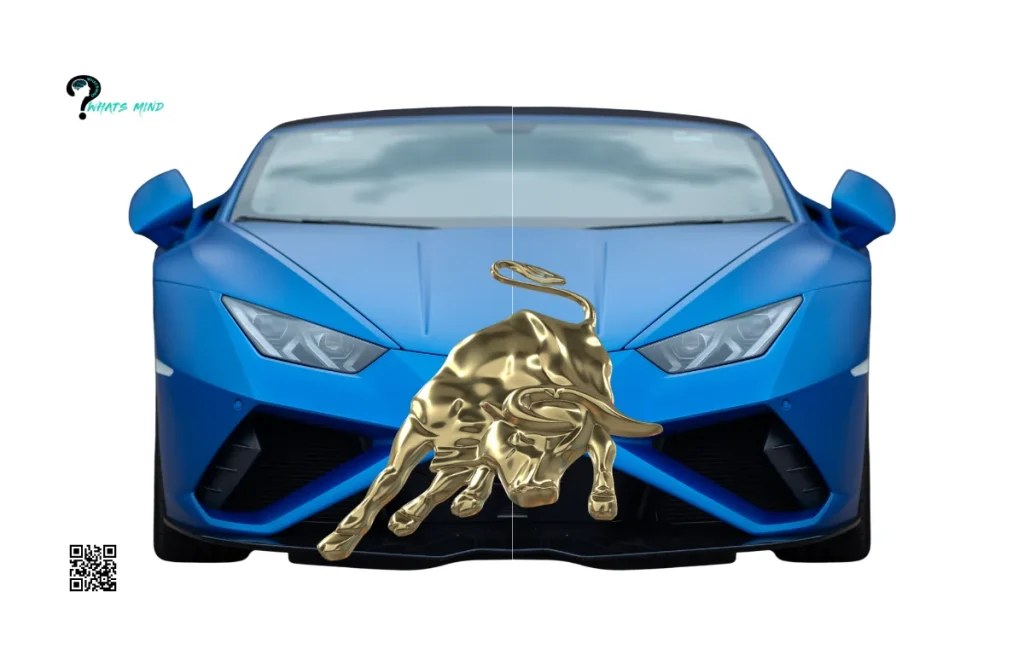
This rather fearsome creature proved to be a suitable representation of Lamborghini’s company as it charged through milestones year after year.
When was the First Working Lamborghini Launched?
Which entrepreneur made tractors before entering the sports car business and later, the brand became a multi-national billionaire. Let’s read more about the interesting story:
The first working Lamborghini GT 350 was created in 1964 with the help of young engineer Paolo Stanzani. It incorporated some extremely impressive technology, including a V12 engine, five-speed transmission, four-wheel disk brakes, and four-wheel independent suspension.
Creating the Lamborghini GT 350 was not easy and its prototype suffered from some serious design flaws that were made very apparent during its rushed entry into the 1963 auto show in Turin.
The issue is that the engine itself would not even fit within the car’s body panels. Ferruccio’s solution was to fill the compartment with bricks and keep the lid closed at all times. After that, the show was about looking at the cars, not driving them.
In the end of Lamborghini GT 350 was a technical masterpiece and it granted praise from critics and customers brought the 400 GT and the Miura P400. The Miura was especially notable for establishing the Rear-Mid-Engine layout as the standard for all high-performance cars of the era, a standard that is still in use today.
Miura was originally developed as a street-racing vehicle by a team of bold engineers headed by Marcello Gandini. They kept the project secret from Ferruccio since he was against building race cars due to his racing incident in 1948.
When Ferruccio learned of the new design, he was charmed enough not to scrap it, but he doubled down his no-racing policy. 1968 saw the Espada establish itself as one of Lamborghini’s greatest classics along with the Islero 400 GT.
The company continued its successful streak, debuting celebrated models like the Countach LP500, the Urraco P250, and the Jarama 400 GTS.
When Lamborghini Had a Major Breakdown?
In 1970, Lamborghini faced a tough time. In 1973, two years after the abolishment of the Bretton system, the global stock market experienced a dramatic crash, with the Dow erasing nearly half of its value.
At the same time, OAPEC started an oil embargo, which greatly raised the price of fuel and plunged the automotive world into a crisis. As if all that wasn’t enough, Lamborghini Trattori was also hurt when a deal to supply Bolivia with 5,000 tractors was canceled after the 1971 coup by Hugo Banzer.
Ferruccio did his best to keep his various enterprises alive. Eventually, he found buyers for the unsold tractors and he relocated his oil heater factory to Dosso in Nigeria. In the end, he was forced to sell shares of Lamborghini to outside investors to save his business from bankruptcy.
The crisis hit Ferruccio, and although he managed to save Lamborghini, he retired in the face of the widespread strikes and unionization that had spread across Italy. That’s the story behind which entrepreneurs made tractors before entering the sports car business.
Varying State Of Lamborghini
As we are unfolding Which Entrepreneur Made Tractors Before Entering The Sports Car Business, we will discuss the varying state of Ferruccio’s Lamborghini. In 1973, he sold the Trattori business to another Italian Tractor manufacturer. A year later he sold his remaining 49% stake in Automobile Lamborghini to a Swiss businessman, Rene Leimer.
A friend of Rene had previously bought the remaining 51% and together they hoped to revive the brand. Despite their attempts, they failed, and eventually, Automobile Lamborghini was forced into liquidation. In 1980, the Italian government sold Lamborghini for $3 million to the Mimran brothers, two French entrepreneurs who held huge sugar cane plantations and flour mills in Africa.
The brothers ambitiously wanted to renovate all Lamborghini facilities and assemble a new team of engineers, but they quickly ran over budget and ended up selling the company. In 1987 Lamborghini went into the hands of Chrysler, who wanted to import the luxury car brands into the United States.
Less than 5 years later, however, Lamborghini still hadn’t turned a profit, and so Chrysler sold it to an Indonesian conglomerate. The Indonesians managed to restore the brand somewhat and in 1996 Lamborghini made a modest profit of $120,000.
As luck would have it, in 1998 a financial crisis struck Asia, and Lamborghini was sold again. This time, the buyer was Ferdinand Piech of Volkswagen, who had also purchased Bentley and Bugatti the same year.
Under the paternal care of Volkswagen, Lamborghini found its structure heavily streamlined. They allowed it to finally start taking back its place in the luxury sports car market.
Lamborghini In the 21st Century
To meet the challenges of the 21st century Lamborghini has been aggressively marketing its brand name, while at the same time investing heavily in material research and development. They have diversified their cars to appeal to a wider range of budgets, though even their lowest prices are still prohibitively expensive to the average Joe.
The pinnacle of success for the modern Lamborghini is undoubtedly the Gallardo, which has, throughout its ten-year production run, sold slightly over 14,000 units, thus becoming Lamborghini’s most popular design ever. 2015 marked the best year in the company’s history, their sales jumped from just over two and a half thousand cars to over 3 thousand.
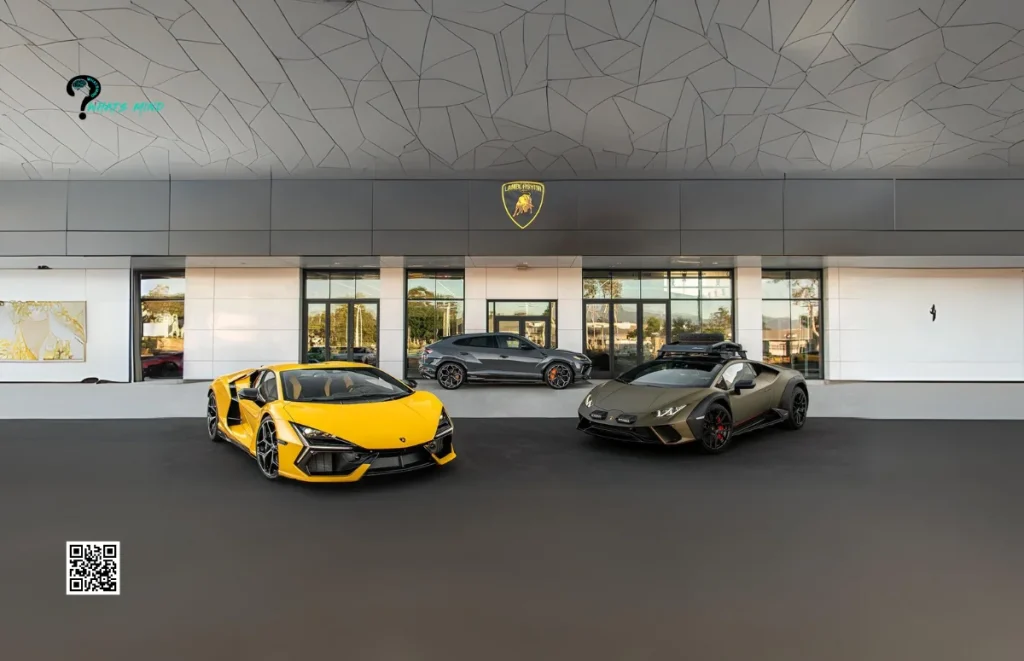
They’re already manufacturing other heavy-hitters such as the Urus SUV concepts or the Huracan, a successor of the Gallardo.
So far it appears that Lamborghini’s game of corporate hot potato has finally ended, at least for the time being. If Ferruccio could see his company now, he would be pleased to learn that Lamborghini is again playing that red flag to Ferrari’s bull.
Is Ferruccio Alive?
Ferruccio died on February 20, 1933, at Silvestrini Hospital in Perugia. At the age of 76, he had a heart attack and left the world fifteen days later. Hence, Ferruccio isn’t the CEO of Lamborghini, just its founder. Moreover, he sold Lamborghini to Chrysler in 1987 (a few years before his death).
After knowing the inspirational story of which entrepreneur made tractors before entering the sports car business, you must be wondering to whom his creation Lamborghini belongs presently.
Who Owns Lamborghini Presently?
After Ferruccio sold Lamborghini to Chrysler in 1987, Chrysler couldn’t hold onto the brand for a long while. They sold it to Mega Tech in 1994. Later in 1988, Volkswagen Group purchased the brand and owns it until now. The past owners of Lamborghini also include Mycom Setdco (a Malaysian investment group), and V’ Power Cooperation (an Indonesian group).
Volkswagen Group has put the Lamborghini under the Audi Division, and its brand remains until now. Stephen Winklemann is currently the CEO of the brand Lamborghini under subsidiary Audi.
Is the Lamborghini Family Still Rich After Selling the Lamborghini Brand?
The Lamborghini family didn’t fall into poverty after selling their hard-earned brand. They bought a vineyard and made a living by manufacturing wine. Ferruccio’s granddaughter is a singer in Italy and has a prosperous career. The Lamborghini singer also had a successful album. Likewise, the other family members are living a luxurious life, although not billionaires.
The winery is owned by her daughter Patrizia, who also runs a goods luxury empire. Whereas, Lamborghini’s son Tonino designs clothing collections and accessories under his father’s brand name, Tonino Lamborghini. Moreover, he also designed a car and displayed it at the Bologna Motor Show in 1999. The car was called Town Life which was an electric microcar.
Conclusion
The article is about which entrepreneur made tractors before entering the sports car business, Ferruccio Lamborghini. The brand name is well known among all the countries in the world. From children to adults, everyone wants to own a Lamborghini once in their life. However, most people don’t know that the founder of Lamborghini belonged to a farmer’s family.
If there’s any confusion regarding which entrepreneur made tractors before entering the sports car business, comment below.
For more information, visit Whatsmind.com


